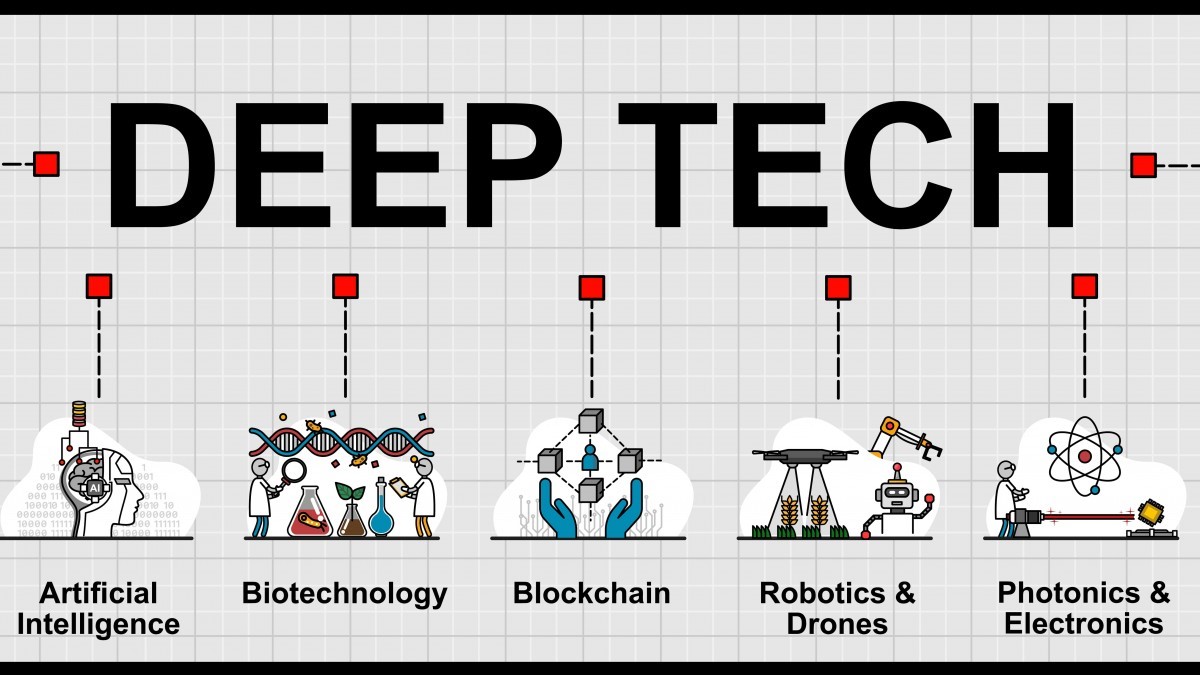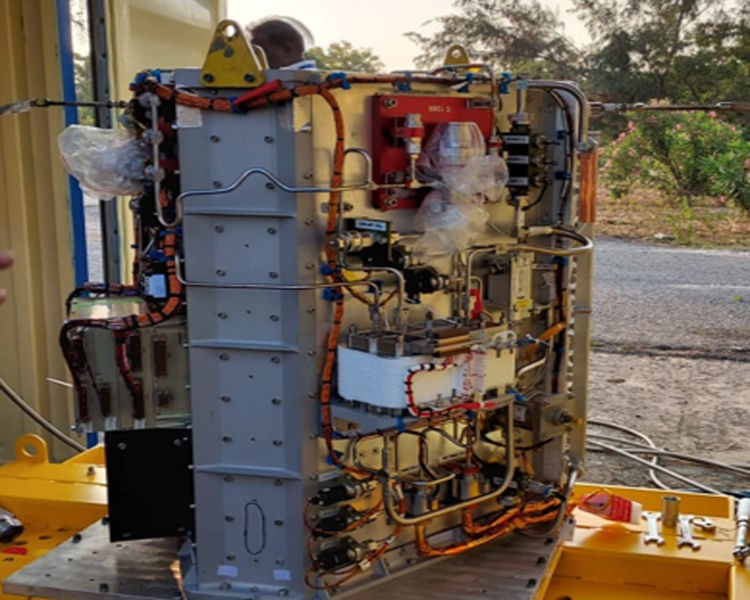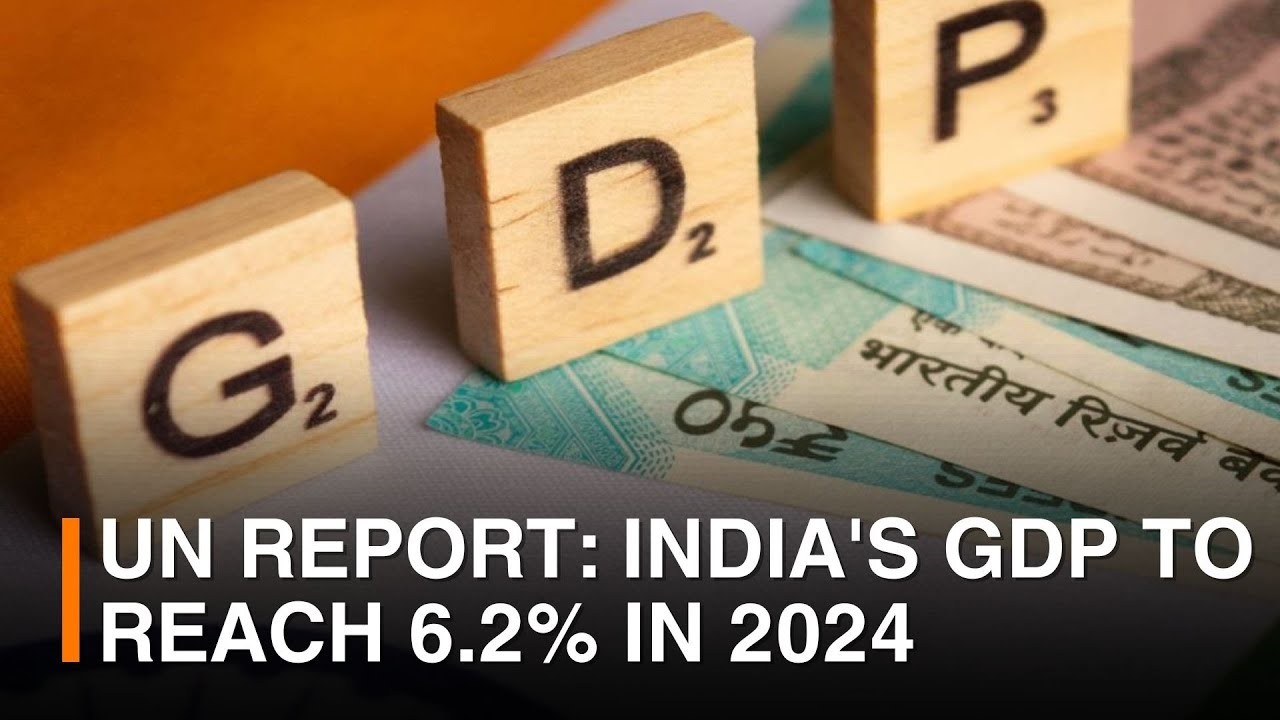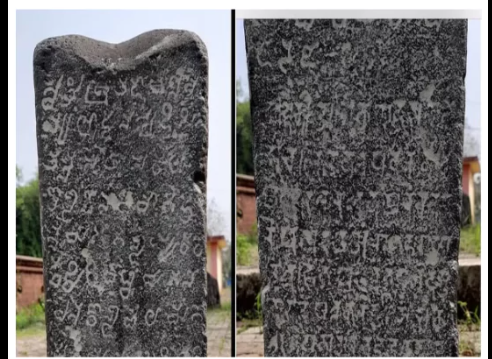India’s ‘Deep Tech’ Policy to get Cabinet nod
Introduction
The imminent approval of a novel ‘deep tech’ policy by the Indian government follows a period of public feedback on the draft unveiled in July 2023. The finalized version of the policy is now awaiting Cabinet approval.
Understanding ‘Deep Tech’
- Definition and Scope: ‘Deep tech’ encompasses startups that create intellectual property grounded in recent scientific advancements, with the goal of achieving substantial impact, such as in AI, ML, Blockchain, Quantum Computing, and more.
- Startup India Data: According to Startup India, there are presently 10,298 startups in various sub-sectors of deep tech as of May 2023.
- Exclusion Criteria: Deep tech startups are distinct from businesses centered on easily reproducible concepts.
Draft National Deep Tech Startup Policy (NDTSP) 2023
- Policy Goals: The NDTSP seeks to address challenges related to funding, talent acquisition, and the expansion of R&D operations for deep tech startups.
- Strategic Approach: The policy is crafted to foster innovation, stimulate economic growth, and contribute to societal development within the deep tech sector.
India’s Deep Tech Ecosystem
- Global Ranking: India holds the third position globally in the startup ecosystem, boasting over 3000 deep tech businesses.
- Sectoral Expansion: These enterprises are diversifying into fields like agriculture, life sciences, chemistry, aerospace, and green energy.
Policy Foundations and Prospects
- Public Consultation: The draft policy underwent a public feedback phase until September 15, inclusive of consultations with stakeholders in the deep tech ecosystem.
- Key Pillars: The policy concentrates on securing India’s economic future, progressing toward a knowledge-driven economy, strengthening national capability, and promoting ethical innovation.
Policy Elements and Recommendations
- Funding and Innovation: The policy advocates for financial support through grants, loans, and venture capital, coupled with regulatory simplifications and collaboration between academia and industry.
- Talent Development: There is an emphasis on STEM education, training opportunities, and the attraction of international talent.
- Infrastructure and Technology Access: The establishment of deep tech incubation centers, testing facilities, and shared infrastructure resources is proposed.
- Public Procurement and Market Opportunities: Encouraging government agencies to adopt deep tech solutions and facilitating international market access are among the recommendations.
- Intellectual Property Protection: The proposal involves establishing a unified IP framework and implementing cybersecurity measures.
Conclusion
Transformative Potential: The NDTSP is positioned to guide India’s deep tech landscape, fostering technological innovation and economic growth.
Measuring Success: The effectiveness of the policy will be evaluated based on its impact on startups, innovation depth, and societal transformation.
Democratizing Deep Tech: The strategy aims to make deep tech benefits accessible across society, leveraging research-driven breakthroughs for national advancement.
ISRO Successfully Tests Polymer Electrolyte Membrane Fuel Cell in Space
Introduction
- The successful testing of a 100 W class Polymer Electrolyte Membrane Fuel Cell based Power System (FCPS) in space has been achieved by the Indian Space Research Organisation (ISRO).
- This FCPS played a crucial role in the POEM3 orbital platform, launched aboard PSLV-C58 on January 1, 2024.
FCPS Experiment Overview
- The primary objective of this experiment was to evaluate the functionality of Polymer Electrolyte Membrane Fuel cells in space and collect pertinent data for future mission planning.
- The test resulted in the generation of 180 W power by utilizing Hydrogen and Oxygen gases, contributing valuable insights into the performance of the power system.
Polymer Electrolyte Membrane (PEM) Fuel Cells
Overview
These cells operate on the basic principle of converting chemical energy from hydrogen into electrical energy, with water and heat produced as byproducts.
Key components include the Membrane Electrode Assembly (MEA), a platinum-based catalyst, Gas Diffusion Layers (GDLs), and Bipolar Plates.
Operation
- The process involves Hydrogen Oxidation at the anode, where hydrogen molecules (H2) split into protons (H+) and electrons (e-).
- Proton conduction through the PEM allows only protons to reach the cathode, blocking electrons.
- Electron flow through an external circuit to the cathode generates an electric current.
- At the cathode, oxygen molecules (O2) combine with protons and electrons to form water (H2O), producing heat as a byproduct.
Types of Membranes
Two common types of membranes are Perfluorosulfonic acid (PFSA) membranes and hydrocarbon-based membranes.
Advantages
PEM Fuel Cells offer high power density, operate at low temperatures (60-80°C), and emit zero emissions with pure hydrogen.
Applications in Space and Society
- Fuel cells prove beneficial for multipurpose space use, particularly in human space missions, providing essential power, water, and heat from a single system.
In societal applications, they exhibit potential as replacements for conventional vehicle engines and standby power systems, with advantages over batteries in terms of range and refueling times, ultimately contributing to emission-free transportation.
Cabinet approves Prithvi Vigyan Scheme for Earth Sciences
Introduction:
The “Prithvi Vigyan (Prithvi)” scheme, a substantial initiative of the Ministry of Earth Sciences, has received approval from the Union Cabinet, led by the Prime Minister.
The project, spanning from 2021 to 2026, has been allocated a budget of Rs 4,797 crore.
Prithvi Vigyan Scheme Overview:
- This scheme consolidates five existing sub-schemes, namely
- Atmosphere & Climate Research-Modelling Observing Systems & Services (ACROSS),
- Ocean Services, Modelling Application, Resources and Technology (O-SMART),
- Polar Science and Cryosphere Research (PACER),
- Seismology and Geosciences (SAGE), and
- Research, Education, Training and Outreach (REACHOUT).
- The primary goal of this integration is to enhance our comprehension of Earth’s systems and apply scientific knowledge for societal, environmental, and economic advantages.
Objectives and Focus Areas:
- The scheme places a significant emphasis on comprehensive observations, involving long-term monitoring of the atmosphere, ocean, geosphere, cryosphere, and solid earth to monitor vital signs and changes in the Earth System.
- It also concentrates on the development of predictive models for weather, ocean, and climate hazards, as well as advancing climate change science.
- Exploration initiatives in Polar Regions and high seas aim to uncover new phenomena and resources, while technological advancements focus on sustainable technology for the exploitation of oceanic resources for societal applications.
Role of the Ministry of Earth Sciences:
The Ministry plays a crucial role in delivering essential services related to weather, climate, ocean and coastal states, hydrology, seismology, and natural hazards.
These services are vital for issuing forecasts and warnings, contributing to disaster preparedness and risk mitigation.
Holistic Approach to Earth System Sciences:
Earth System Sciences encompass the study of the atmosphere, hydrosphere, geosphere, cryosphere, and biosphere, along with their intricate interactions.
The Prithvi scheme strives to comprehensively address these components, enhancing understanding and delivering reliable services for India.
Impact and Future Prospects:
The integrated research and development efforts under the Prithvi scheme are poised to address major challenges in various fields, including weather, climate, oceanography, cryospheric studies, and seismology.
Furthermore, the scheme explores sustainable methods for utilizing both living and non-living resources, contributing to national development and environmental conservation.
UN Report on INDIA’S GDP
In a recent report by the United Nations, India’s gross domestic product (GDP) growth projection for the calendar year 2024 has been adjusted to 6.2%, down from the initial estimate of 6.7%.
Key Findings:
- The World Economic Situation and Prospects (WESP) report suggests that India’s growth in 2024 is anticipated to be 6.2%, slightly below the 6.3% estimate for 2023. This growth is attributed to robust domestic demand and strong performance in the manufacturing and services sectors.
- The report indicates that the GDP of the broader South Asian region grew by an estimated 5.3% in 2023 and is expected to rise by 5.2% in 2024, primarily driven by significant expansion in India.
- The UN report highlights this assessment at a time when India is positioning itself as an alternative investment destination to China.
- In 2022, foreign direct investment (FDI) inflows to India increased by 10%, securing its position as the third-largest host country for announced greenfield projects.
Gross Domestic Product (GDP):
- Definition: GDP represents the total market value of all final goods and services in an economy.
- GDP Growth: It can result from increased actual production, rising prices of goods and services, or a combination of both factors.
- Nominal GDP: This is the GDP value at the current prevailing prices.
Real GDP: It represents the GDP value at a constant set of prices.
Kadamba Inscription
In the 10th century, a Kadamba inscription in Kannada and Sanskrit was discovered in Goa.
Kadamba Inscription
- Discovery: Unearthed at the Mahadeva temple in Cacoda, southern Goa.
- Literary Style and Period: Reflecting the literary style of the contemporaneous Talangre inscription, particularly during the rule of Jayasimha I.
- Message of the Inscription: Conveying the aspirations of Gundayya, the son of Talara Nevayya, who pledged to fulfill his father’s desire – the capture of a gopura in the port of Goa. Gundayya fought valiantly and sacrificed his life to realize his father’s wish.
- Composition Style: Presented as an oral narrative, the inscription recounts the poignant tale of a sorrowful father mourning the loss of his son.
Kadamba Dynasty (345-535 C.E.)
- Extent: The Kadamba dynasty, an ancient Indian ruling family, governed parts of South India, specifically the contemporary Karnataka region, from the 4th to the 6th centuries CE.
- Founder: Mayurasharma, originally under the Pallavas, a prominent South Indian dynasty, is credited with establishing the Kadamba dynasty.
- Capital: Initially located in Banavasi, present-day Karnataka, the Kadamba dynasty later shifted its capital to Vaijayanti, modern-day Banavasi.
End: The Kadamba kingdom met its downfall when Pulakeshin II captured Banavasi during Ajavarman’s reign.






